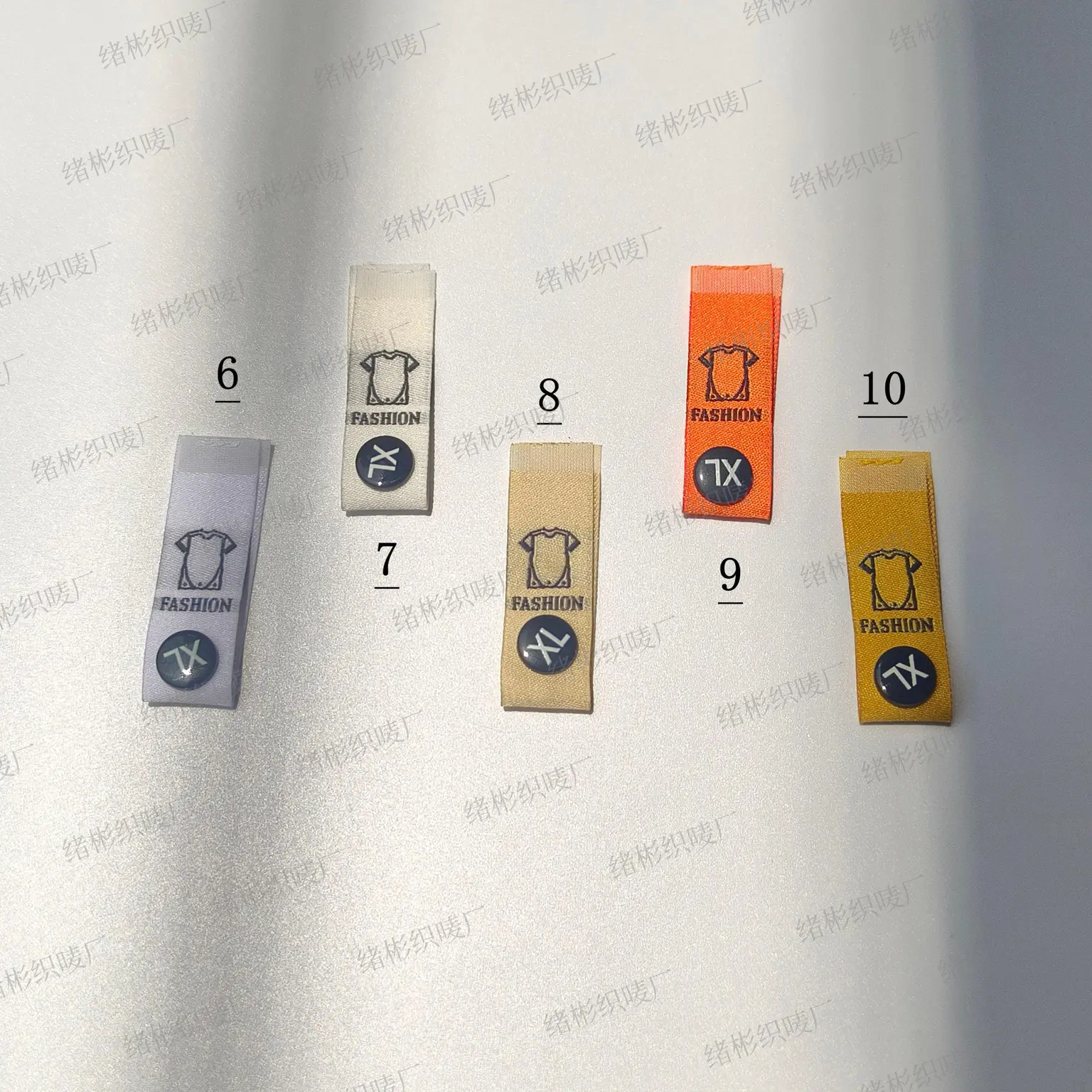Why Washing and Fabric Labels Matter for Clothing
Why Washing and Fabric Labels Matter for Clothing
Washing and fabric composition labels are crucial in the fashion and textile industry. Whether you are a consumer, brand, or manufacturer, these labels provide key information that helps enhance product lifespan, compliance, and sustainability.
From ensuring proper garment care to helping customers make informed decisions, care and fabric composition labels improve transparency and build trust between brands and customers. Let’s explore why they are so important.

What are Care and Fabric Composition Labels?
Care and fabric composition labels are sewn into clothing and provide the following key information:
- How to wash, dry, and store the garment;
- Fabric composition;
- Compliance with labeling regulations;
- Sustainability and ethical sourcing.
Although these labels are often overlooked, they help prevent damage, extend garment life, and provide transparency regarding quality and sourcing.
Importance of Washing Labels
1 Extend Garment Life
Care labels help customers properly maintain their clothes, preventing shrinking, fading, or damage. They provide:
- Washing instructions;
- Water temperature settings;
- Bleach and detergent restrictions;
- Proper drying methods;
- Ironing and steaming guidelines.
By following these instructions, customers can make garments last longer, reducing waste and costs.
2 Avoid Damage
Ignoring care labels can lead to clothing damage. A quick glance at the label can prevent garments from shrinking or distorting, and extend their lifespan.
Importance of Composition Labels
1 Help Consumers Make Purchases
Composition labels assist customers in selecting clothing that meets their needs. They can also:
- Prevent allergies;
- Determine weather suitability;
- Evaluate fabric quality.
2 Transparency and Trust
Clear labels enhance brand transparency and customer trust. Lack of transparency may lead to consumer doubts.
Compliance with Laws and Regulations
Textiles must comply with strict labeling regulations to ensure consumers receive accurate information. Non-compliance may result in legal penalties and loss of consumer trust.
1 U.S. Labeling Requirements
Under the Textile Fiber Products Identification Act, clothing labels must include:
- Fiber content;
- Country of origin;
- Care instructions.
2 EU Labeling Standards
Clothing sold in the EU must comply with labeling regulations, including:
- Fabric composition;
- Care instructions;
- Safety compliance.
Sustainability and Ethical Fashion
1 Choosing Sustainable Fabrics
Care and composition labels help customers understand whether a product uses sustainable fibers or recycled materials, such as organic cotton, bamboo, or RPET polyester.
2 Eco-friendly Garment Care
Some labels provide eco-friendly care suggestions, such as washing in cold water or air drying, to reduce carbon footprints and energy consumption.
Final Thoughts: The Importance of Care and Composition Labels
Care and composition labels not only list washing instructions but also:
- Extend garment life;
- Help customers make informed purchases;
- Ensure regulatory compliance;
- Promote sustainable fashion.
Well-designed labels enhance brand trust and transparency, enabling consumers to make smarter purchasing decisions.
More:Backpack Hang Tags | Kraft Paper Hang Tags | Clothing Woven Label | Order Woven Clothing Labels



































